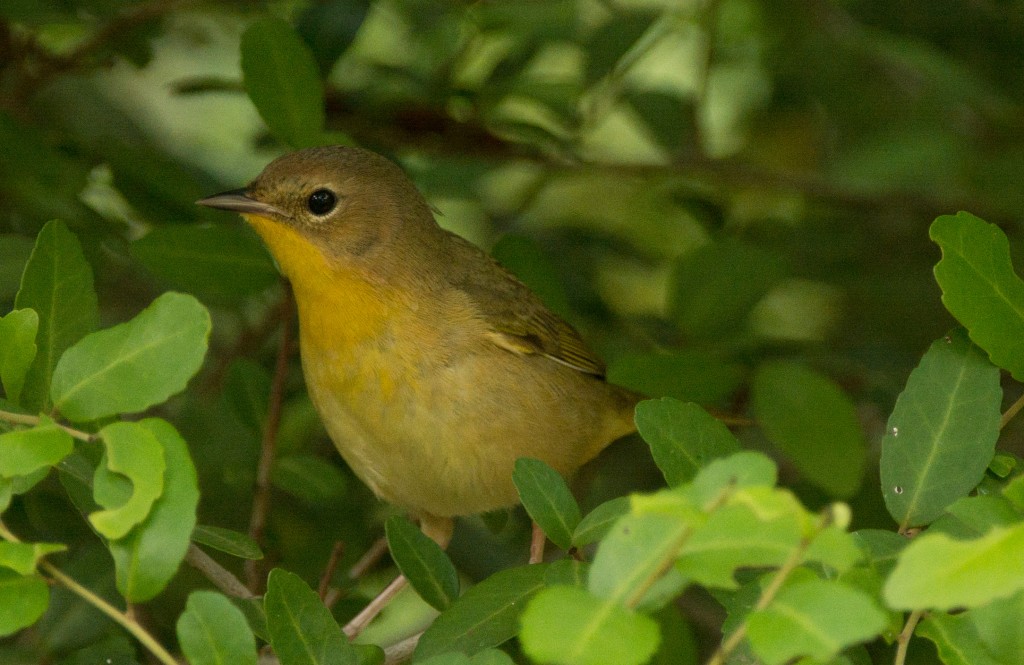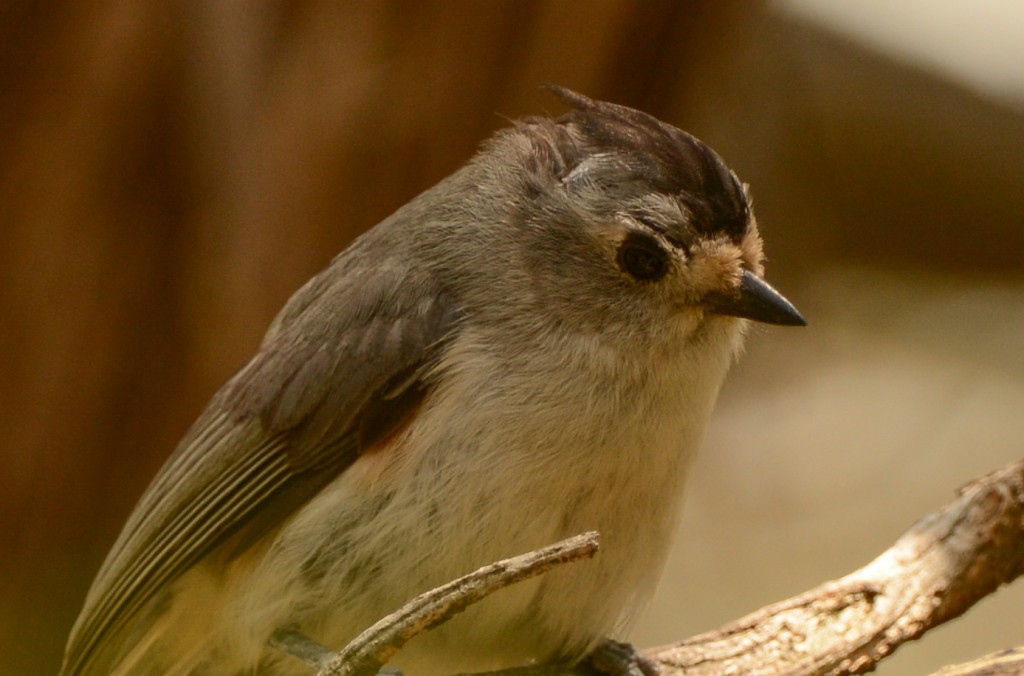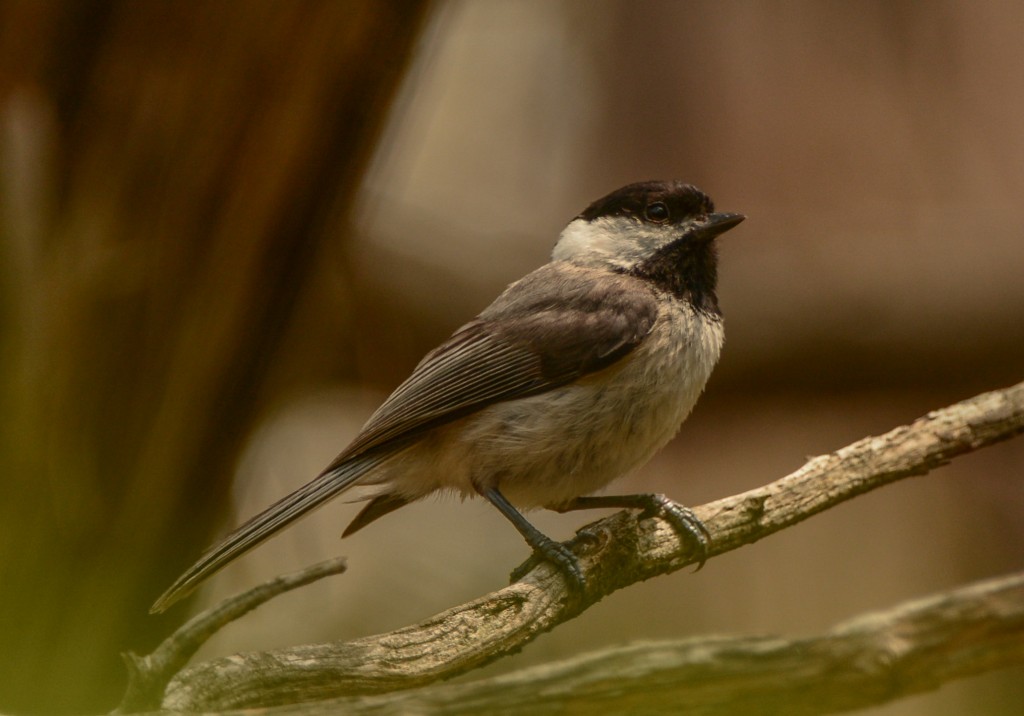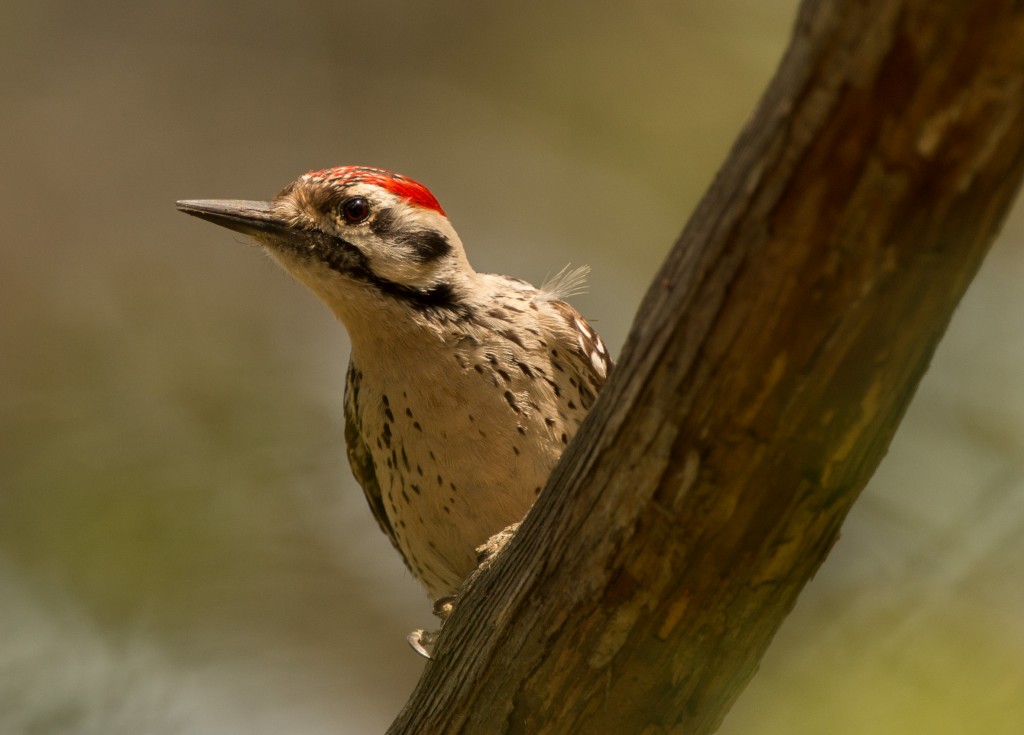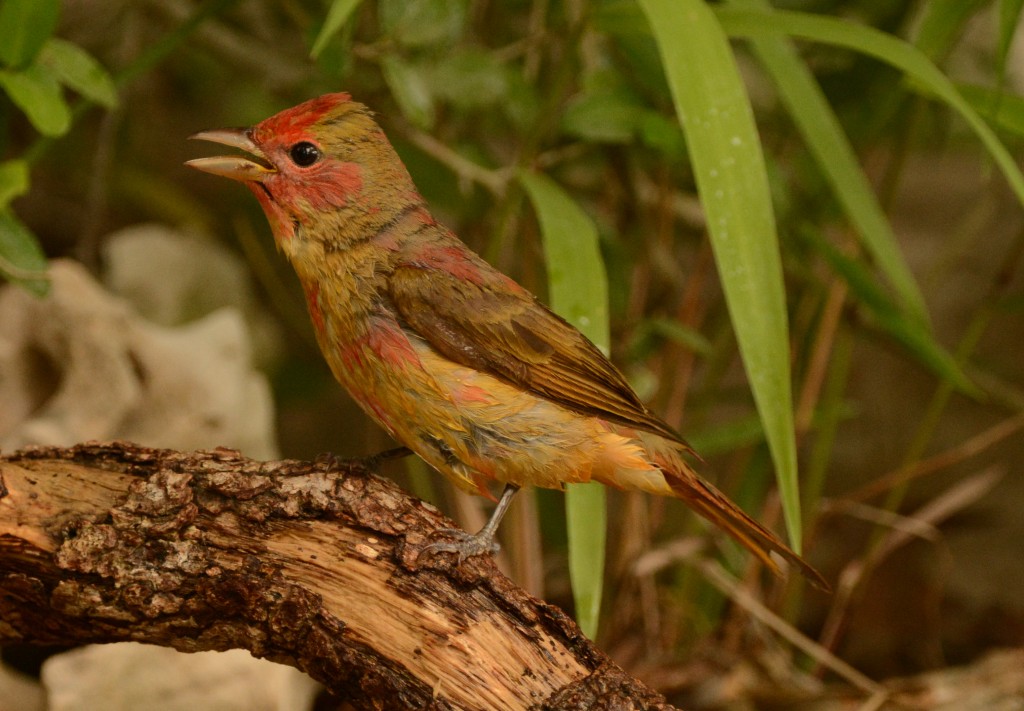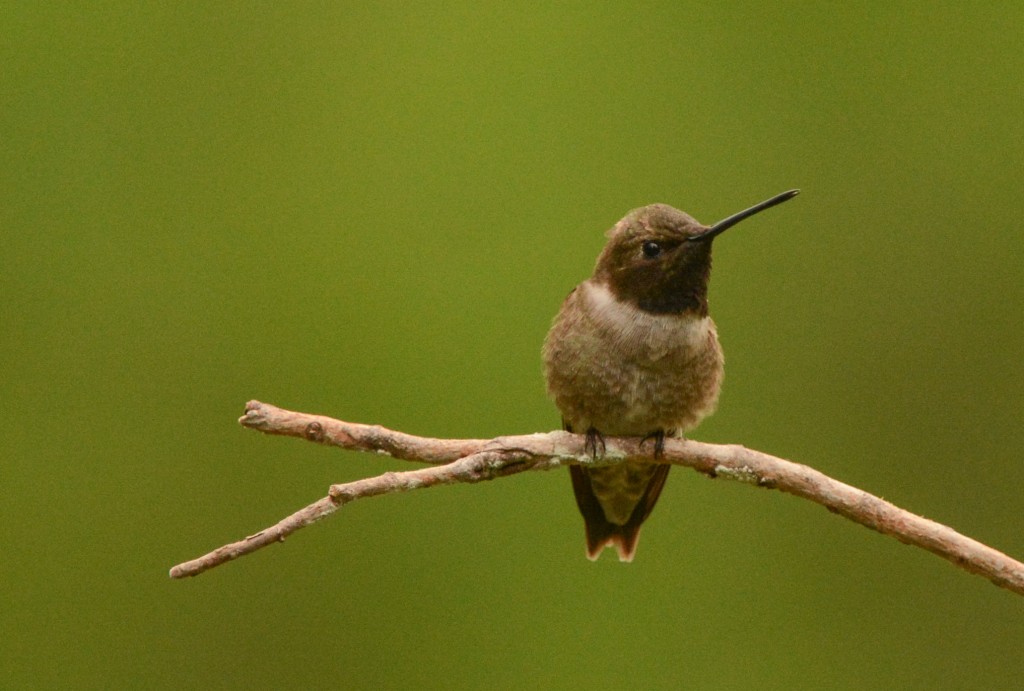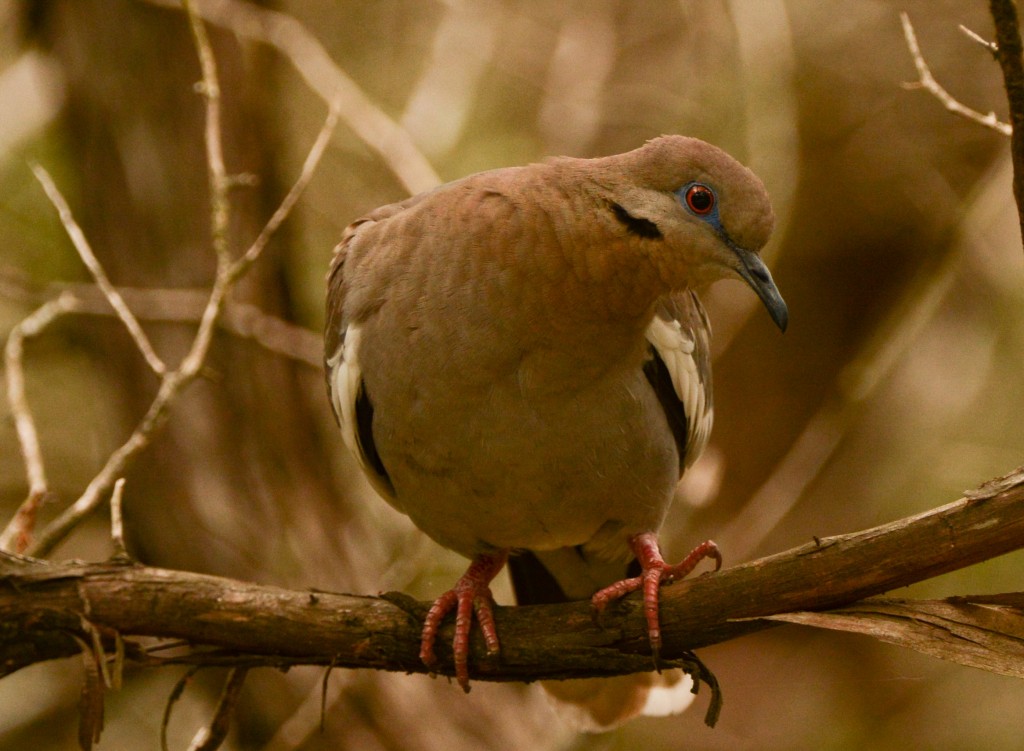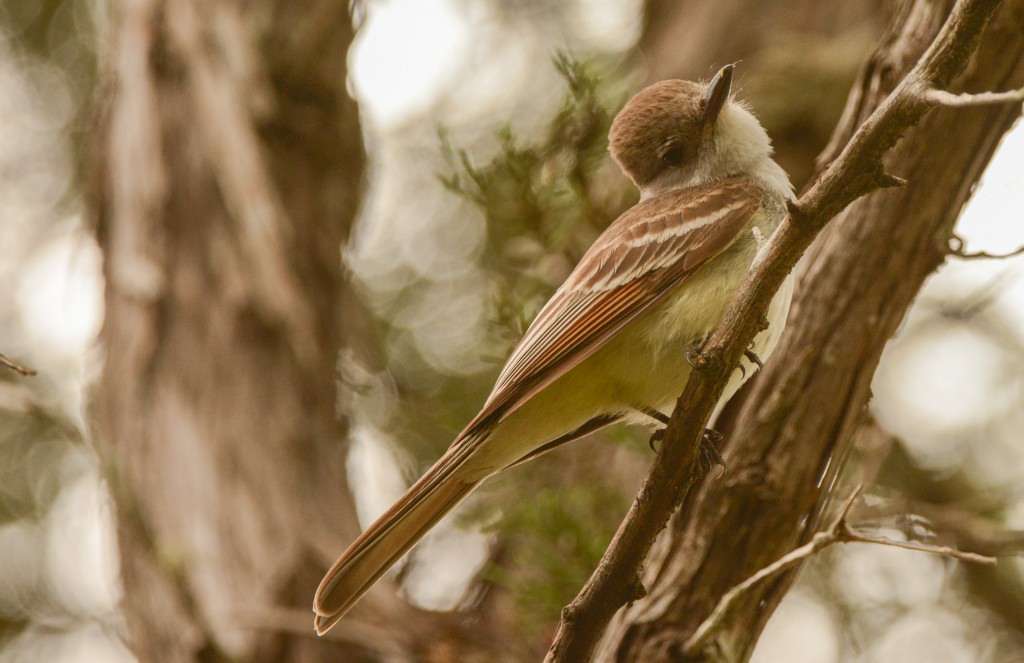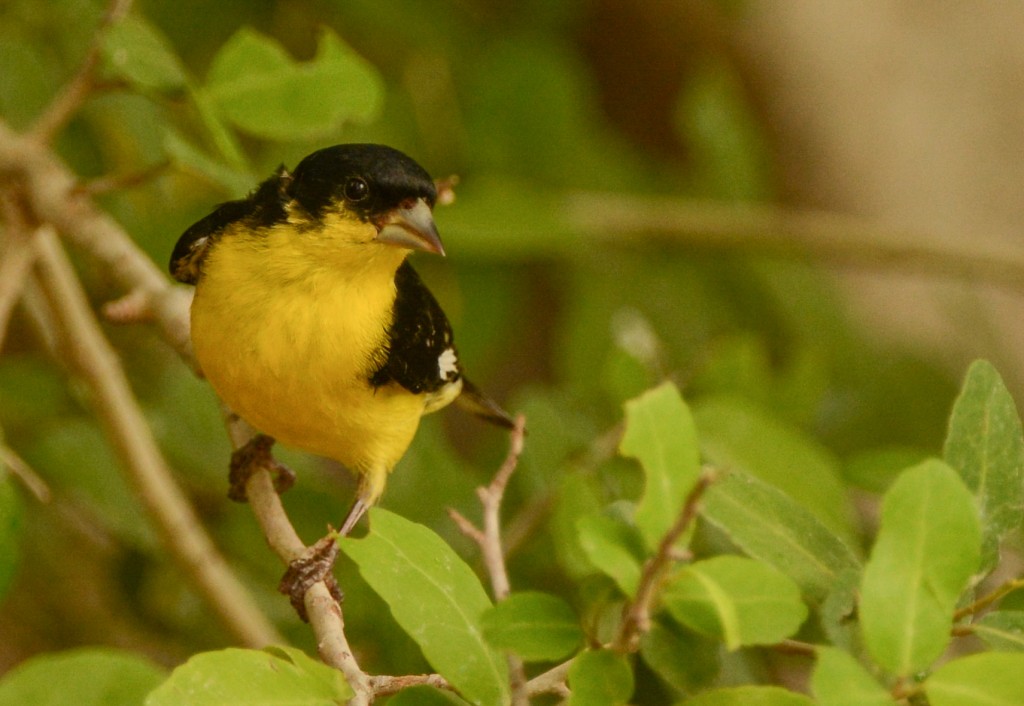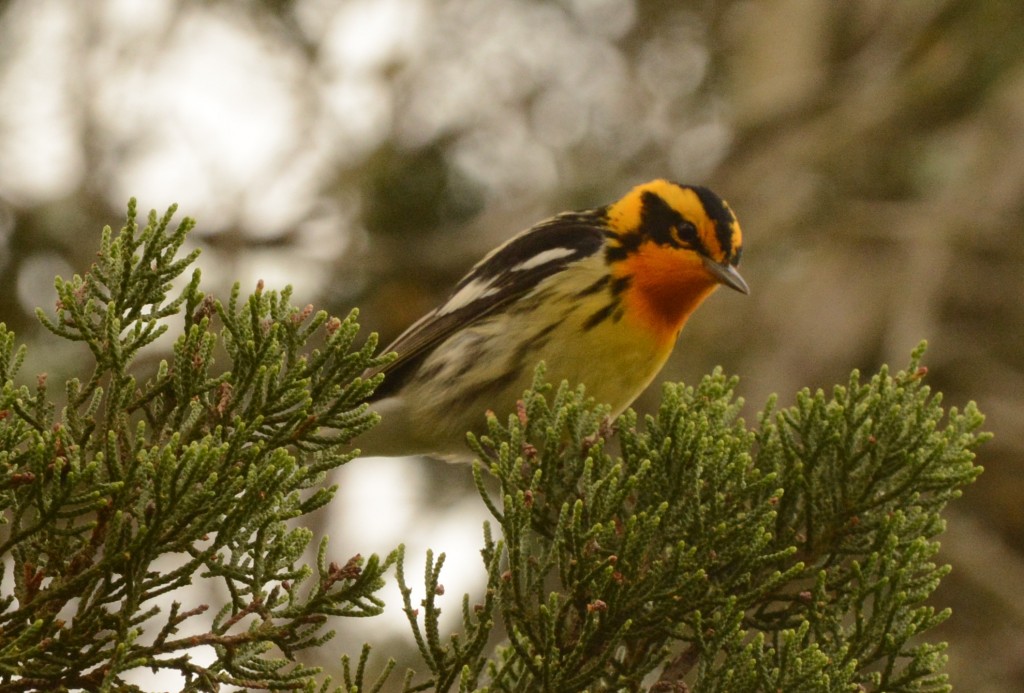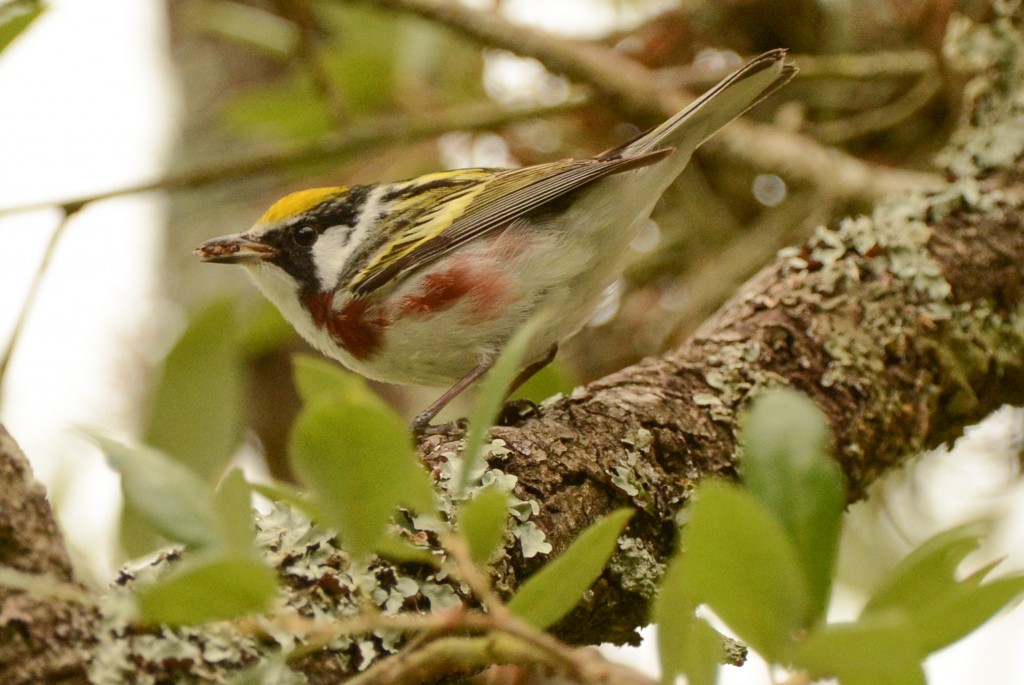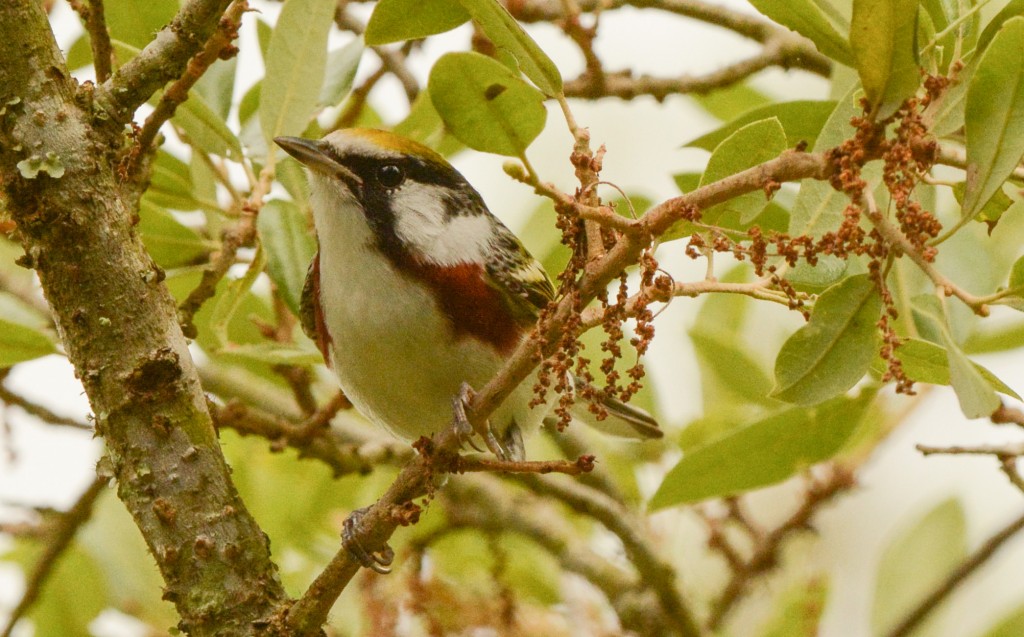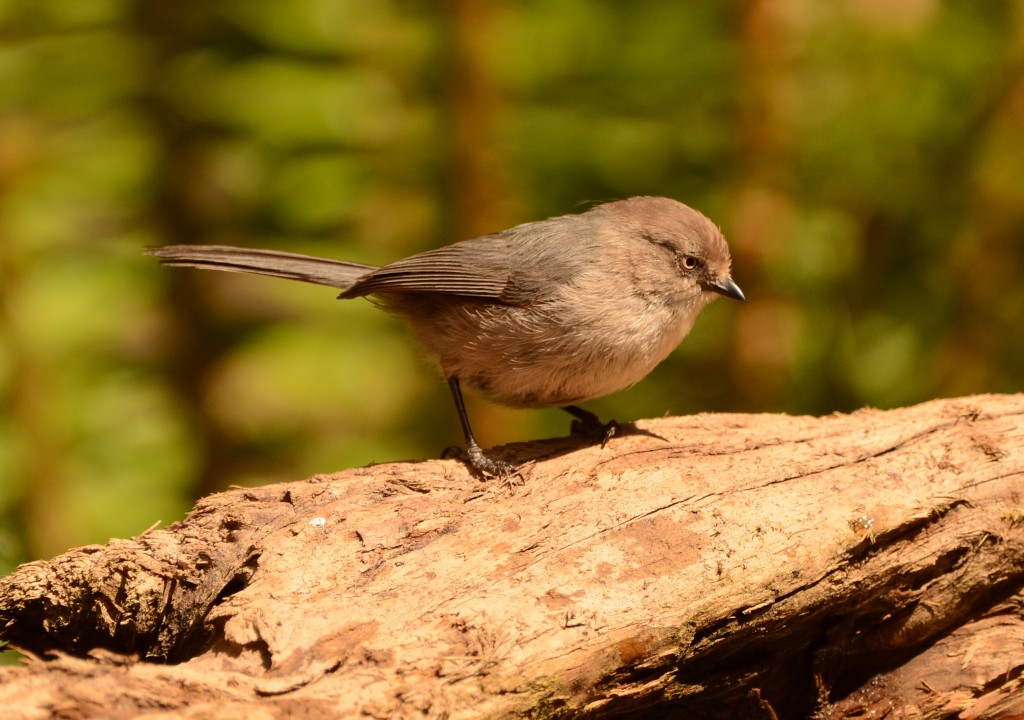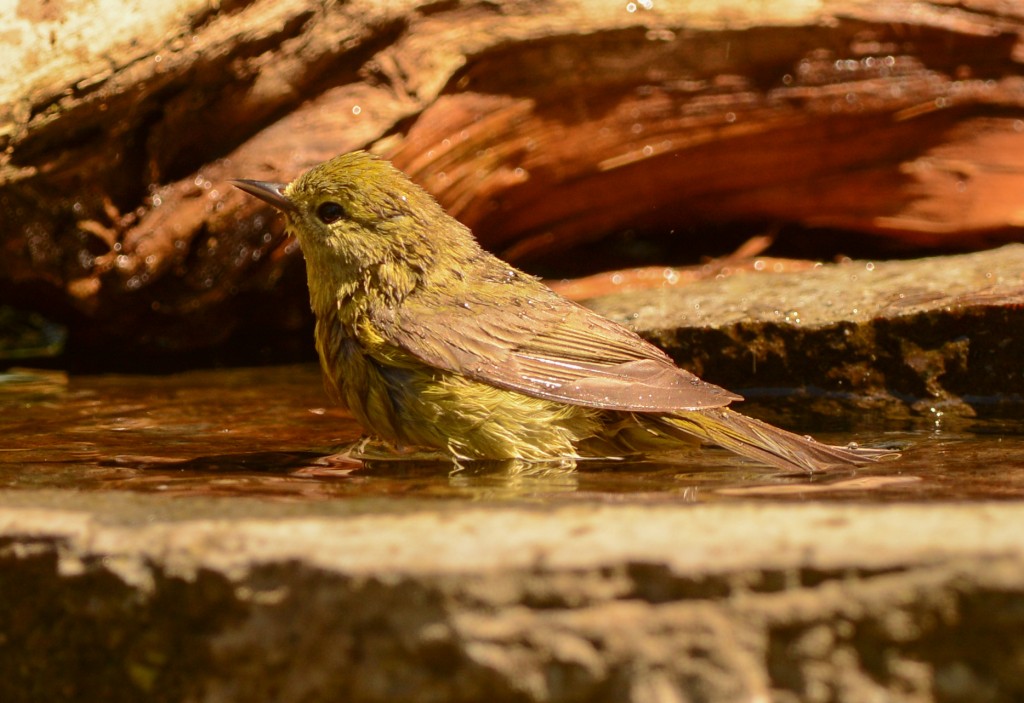As those of you who frequent my blog know, I’ve been somewhat remiss for the past couple of weeks about postings. In early May I traveled to Texas to spend some time with my sister and her family and photograph some of the birds that migrated through her “migrant trap”. (A migrant trip is a location with very desirable habitat that attracts birds on their migration by offering food and water.) So what you will see and hear about in the next few posts concern some of the birds of Central Texas (greater Austin area), some migrants and some summer residents.
suffered my share of woes earlier this month. Unfortunately I found after a couple of days of photography in Texas that the ‘quality’ setting on my camera had somehow been changed so that I was recording photos in high-end JPG instead of RAW, so I have a lot of great shots of birds but some are at a somewhat lower quality. And upon returning home I found that my internet service had been interrupted and it has taken me several calls over several days to get my service restored. And if that weren’t enough, I picked up a cold as soon as I returned home. But let’s get to a more positive assessment of things.
Here’s MY assessment of what I experienced but it’s not necessarily shared by my sister, who is after all, the Central Texas resident. I normally consider the height of the Central Texas migration to be sometime in late April and that is when I have targeted my visits in the past, but circumstances this year dictated that I visit beginning in early May. My sister and her family have set their species count for Cinco de Mayo (May 5), a date easy to remember and even easier to celebrate! Last year I visited in late April and had subsequent phone reports listing all the birds which had shown up in early May… after I left. For this same period last year (2014) the number of SPECIES seen on their count was about the same, but the NUMBER OF BIRDS seemed down from what I had observed earlier in past years. And many of the species seemed to have shifted… in the earlier period in past years the area was overrun with Nashville warblers (I have scores of photos of them) but this year, in the later period we saw only a single bird. However this year the warbler du jour was definitely the Black-throated Green warbler, with a surprising number of American redstarts thrown in.
For the record, I took 1037 photographs and after processing I retained 618. This pretty much tracks my habits of retaining about 60% of the photos I take. If I were selling my photographs I would probably retain a lot fewer, but I don’t sell my work and I am burdened by being a birder, so in my mind photos of birds on different perches and with different orientations each tell a story and have something different to offer. But enough of the discourse… on to the photos!
One of the predominant birds in the Central Texas landscape is the Northern cardinal, a year-round resident. Here we have the male and female of the species:
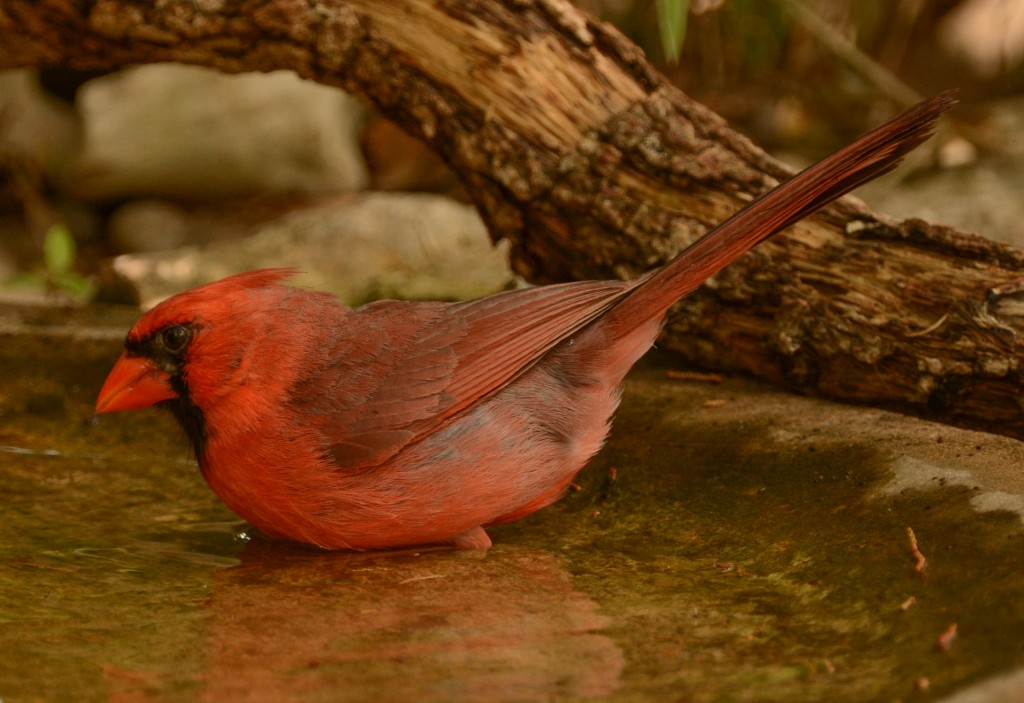
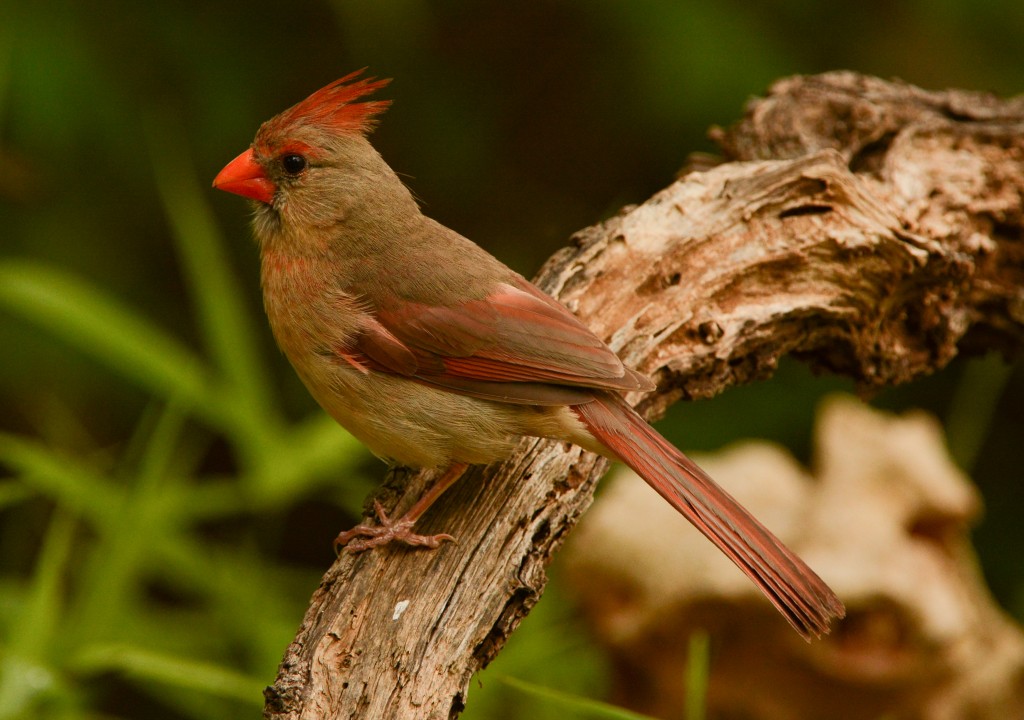
Next up, a bird that migrates to Central Texas and breeds there… the Painted bunting. The colorful male is in the top photo and the more subdued female in the lower photo. The buntings are abundant in my sister’s habitat.
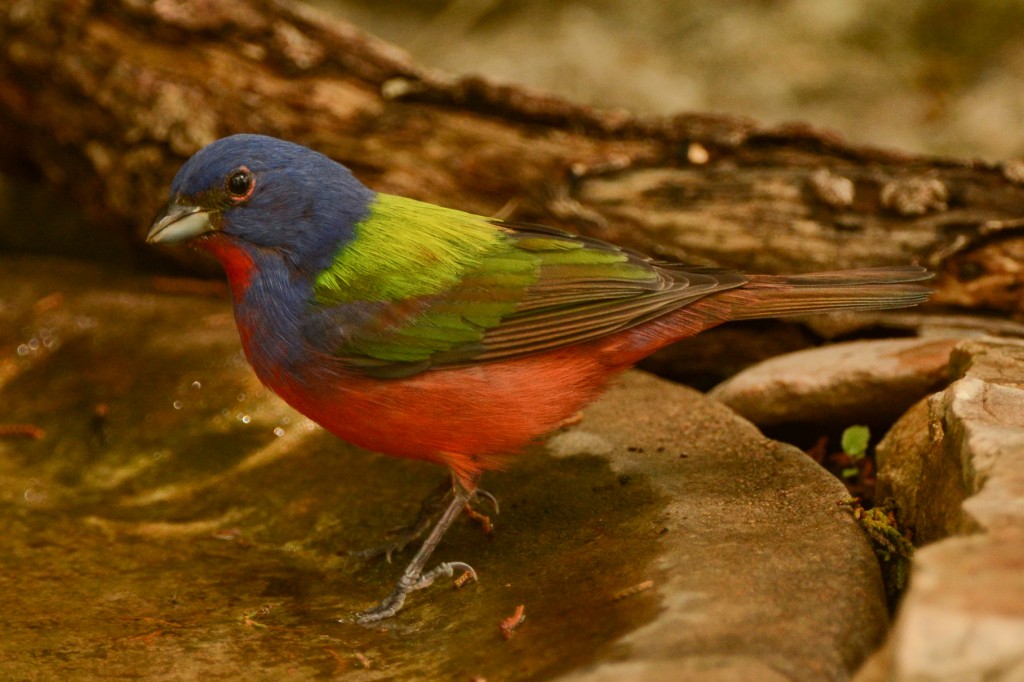

This next photo is of a first-year male Summer tanager. It’s in the process of acquiring its red plumage which eventually will make it a bird that’s very hard to miss. You’ll see a photo of a male in full breeding plumage in a future post.
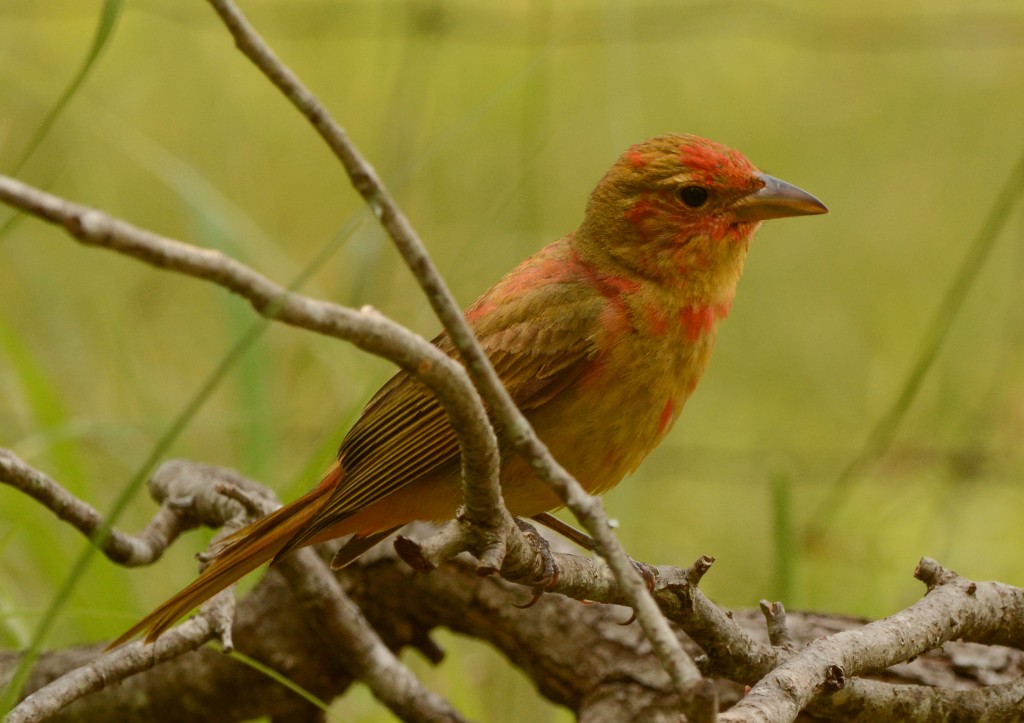
This is a male Wilson’s warbler, the warbler species that I consider the most frequent visitor to our yard in the Pacific Northwest. It’s not beyond reason that this very bird could show up in our watercourse this spring/summer!
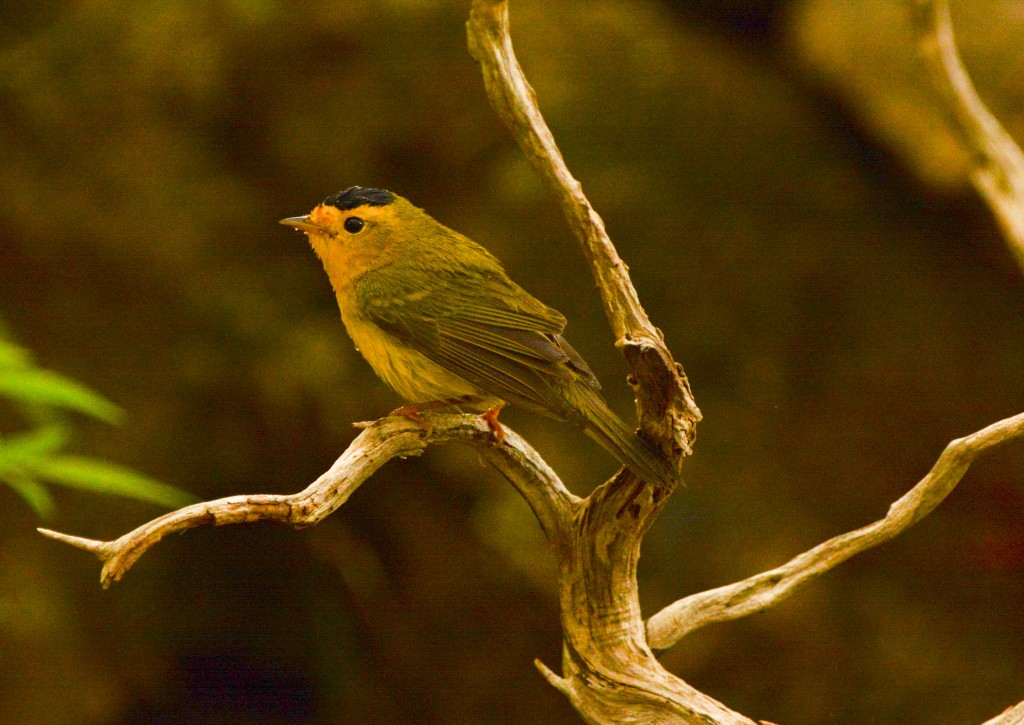
This is a photo of the male Golden-cheeked warbler, an endangered species found only in the Central Texas area. The bird is threatened by parasitizing of nests by Brown-headed cowbirds and by habitat loss relating to nesting materials. The bird will only build its nests using juniper bark and the bark can only be stripped from mature junipers. In addition many developers are motivated to clear junipers from their land to ensure that the presence of endangered birds will not threaten development.
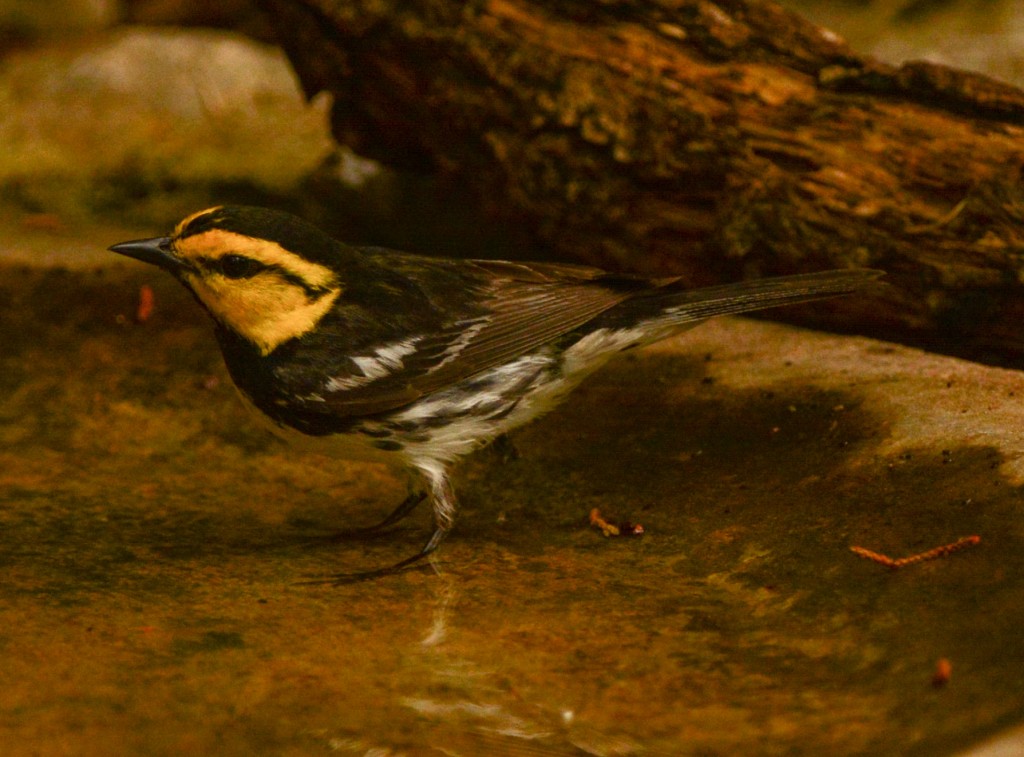
I’m jumping ahead a couple of days to borrow this photo of a male Black-throated Green warbler, which from rapid or casual observation can be confused with the Golden-cheeked warbler.

One of my personal favorites from spring in Central Texas is this White-eyed vireo which always seems to display an expression. It bathes by flitting into and out of the water from a low perch. These birds were in rather short supply this year. In past years I have been frustrated at not obtaining a photo of the bird in flight, hitting the water.
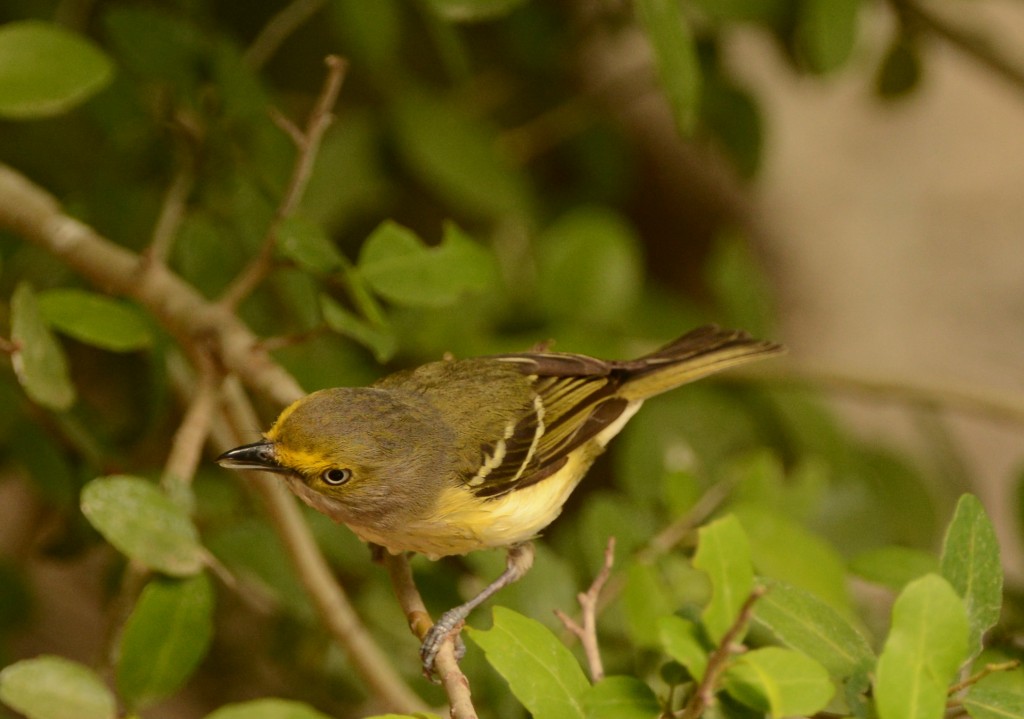
And finally for this post, a bird I’m not sure I’ve ever seen before and certainly have not photographed, a Blue-headed vireo. This bird closely resembles another endangered Central Texas bird, the Black-capped vireo.
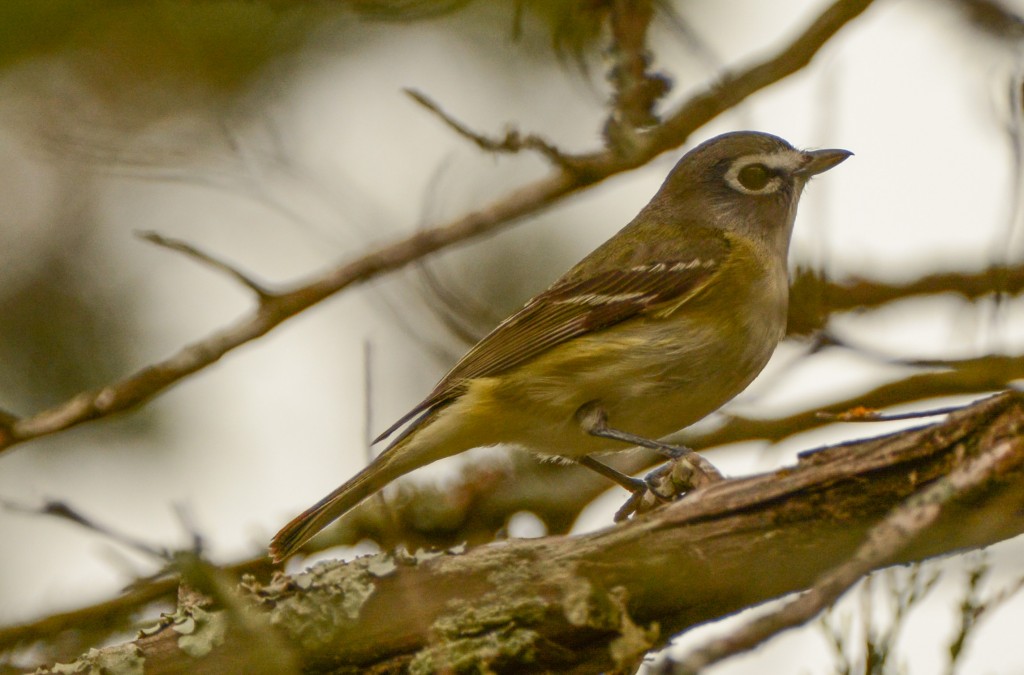
All of these birds, with the exception of the Black-throated Green (as noted), were photographed on May 4. I retained 115 photos from the day’s observations!
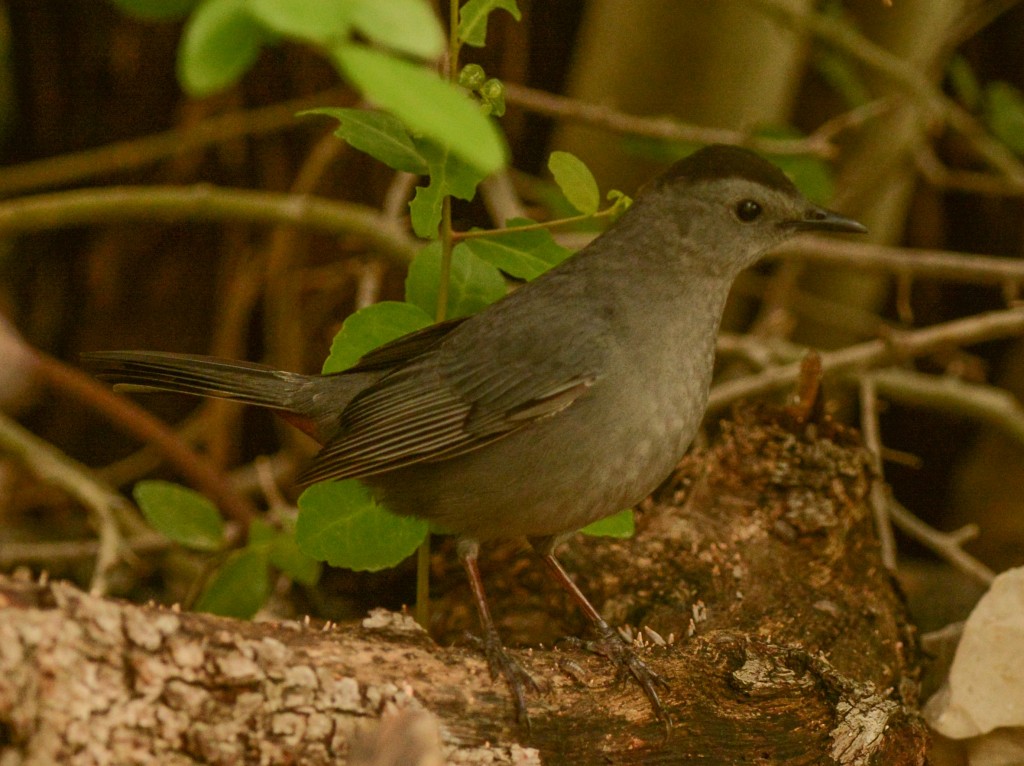
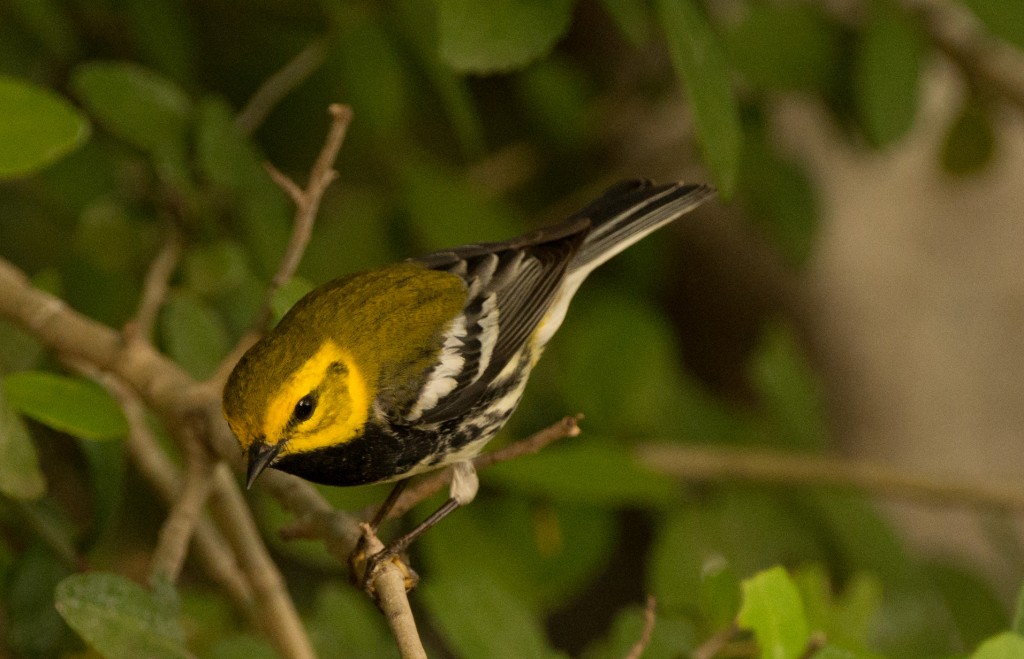 These next two birds are some of the chief alerters for the presence of an owl or snake.
These next two birds are some of the chief alerters for the presence of an owl or snake.
